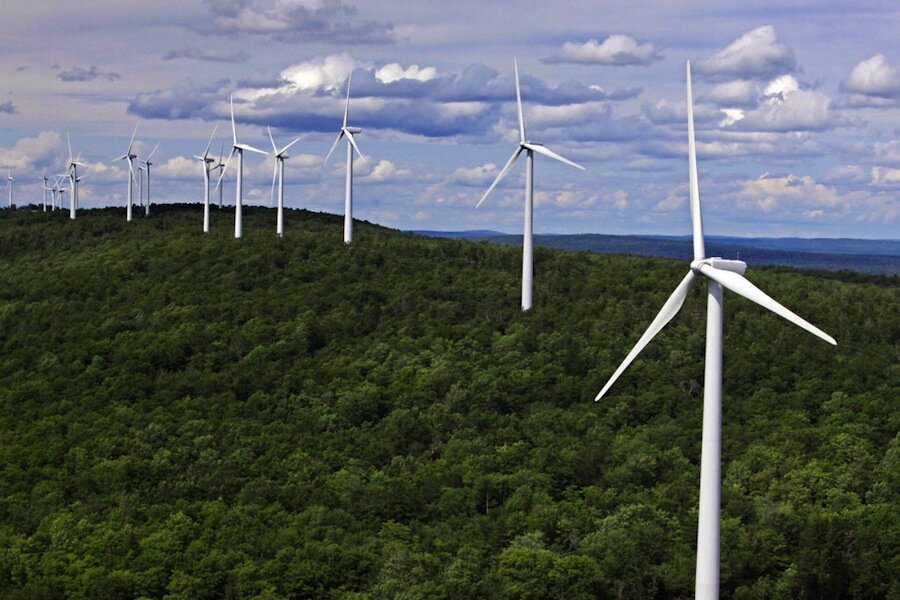Clean energy is expanding worldwide, and wind and solar in particular are driving the shift from carbon-intensive fossil fuels to renewable sources. This could be a banner year, particularly in the US.
“In 2015, the US will install more renewables than ever before, with 18 new gigawatts (GW) coming online,” according to an analysis released by Bloomberg New Energy Finance in April 2015. “BNEF forecasts new solar installations to reach an all-time annual high of 9.1GW in 2015 – with half of that built in California. Wind build should total 8.9GW (third-most all-time) with a third of that coming in Texas.”
And though utility-scale solar power will provide only about 0.7 percent of total US electricity generation in 2016, according to EIA, solar’s footprint is growing, and many homes and businesses are installing solar panels to produce some of their own electricity.








